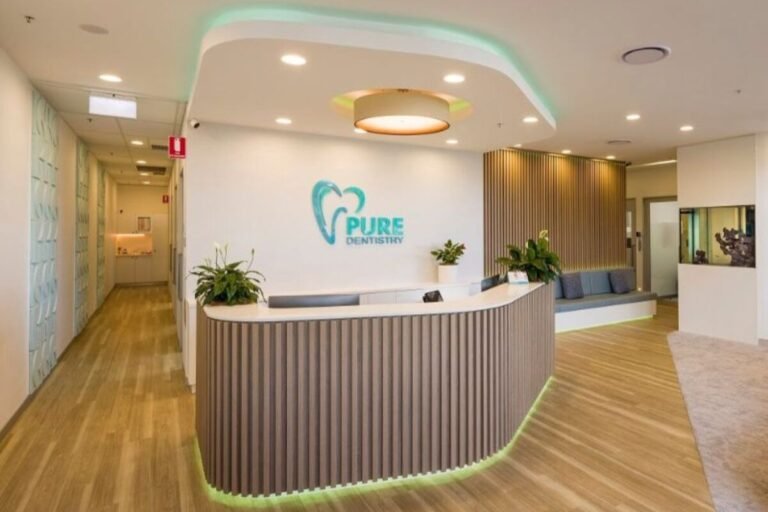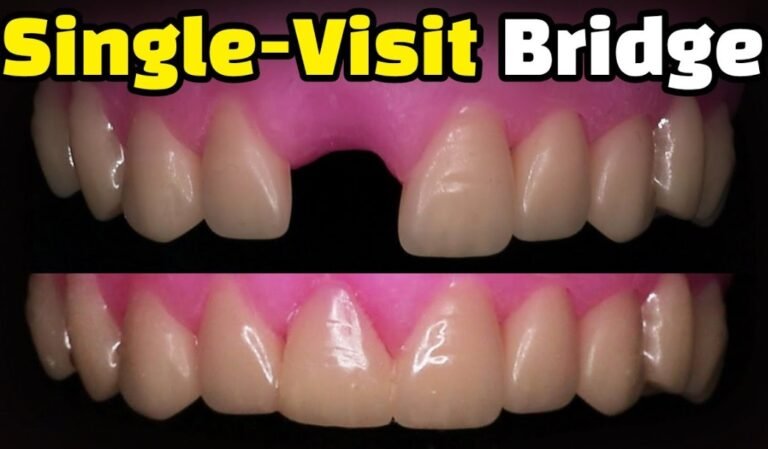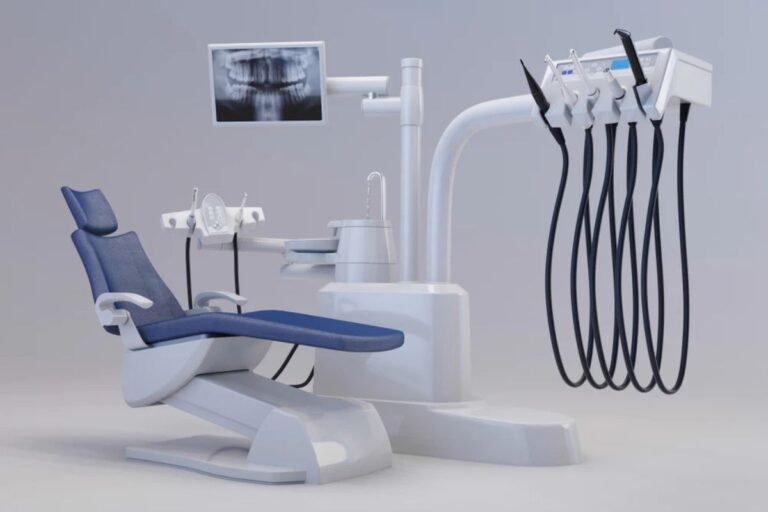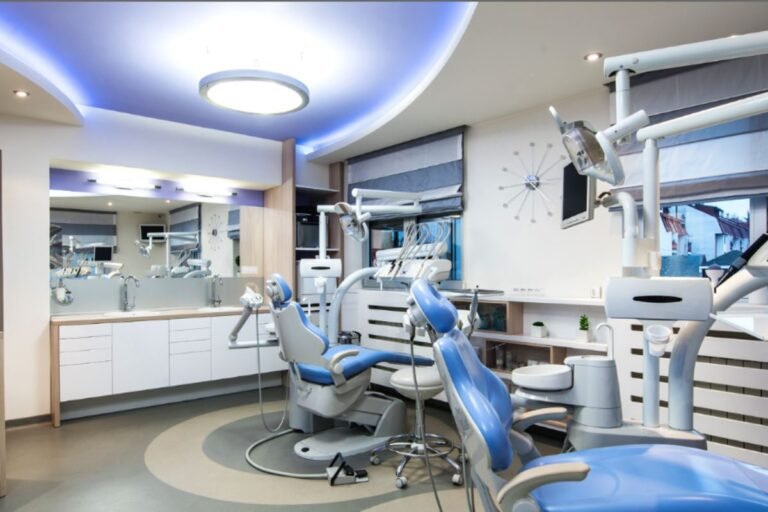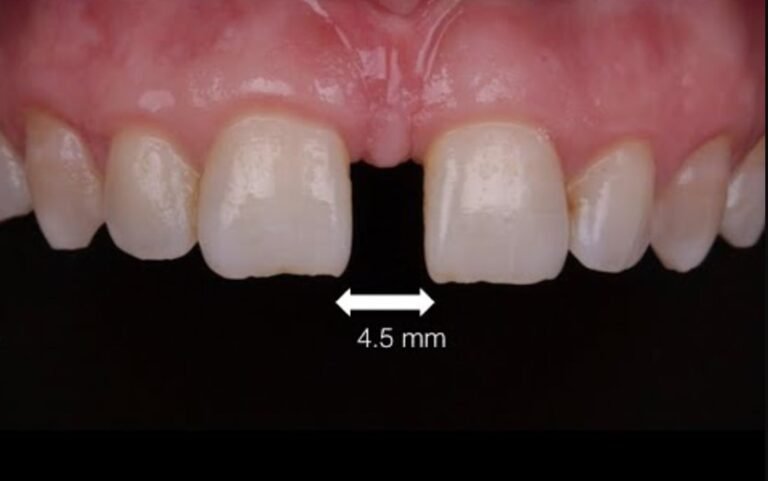Understanding Extraction and Immediate Placement (Flapless) in Dental Procedures
The field of dentistry continuously evolves, introducing innovative procedures designed to enhance patient outcomes and streamline clinical workflows. One such cutting-edge technique is the extraction and immediate placement of dental implants using a flapless approach. This method has gained significant attention for its potential to minimize trauma, reduce treatment times, and improve aesthetic results. In this blog post, we will delve into the intricacies of this procedure and explore its benefits, step-by-step process, and key considerations for dental clinic owners.
The Concept of Extraction and Immediate Placement
Extraction and immediate placement (flapless) is a technique where a dental implant is placed directly into the extraction socket immediately after the removal of a tooth. Unlike traditional methods that may involve a waiting period to allow for healing, this approach aims to expedite the treatment process, offering several clinical advantages.
Benefits of the Flapless Approach
The flapless technique is particularly noteworthy for its minimally invasive nature. Here are some of the primary benefits:
- Reduced Trauma: By eliminating the need for a surgical flap, the procedure significantly reduces soft tissue trauma, resulting in less postoperative discomfort and faster healing times.
- Preservation of Soft and Hard Tissue: The flapless approach helps maintain the integrity of both the soft tissues (gums) and hard tissues (bone), which is crucial for aesthetic outcomes, especially in the anterior region.
- Shorter Treatment Time: With immediate placement, the total treatment time is reduced, which is highly appealing to patients seeking quick and efficient solutions.
- Fewer Surgical Interventions: Minimizing the number of surgical steps reduces the risk of complications and the overall cost of treatment.
Step-by-Step Process
- Preoperative Planning: Detailed diagnostic imaging and careful treatment planning are essential. Cone Beam Computed Tomography (CBCT) scans are often used to assess bone quality and quantity and to map out the optimal implant position.
- Tooth Extraction: The first step is the atraumatic extraction of the tooth. Special instruments and techniques are used to preserve the surrounding bone and soft tissues.
- Immediate Implant Placement: Following the extraction, the implant is placed directly into the socket. This requires precision to ensure primary stability and proper alignment.
- Provisional Restoration: In many cases, a temporary restoration can be placed immediately after the implant placement, allowing for immediate functional and aesthetic benefits.
- Healing Phase: Although the soft tissues heal quickly, the bone will need time to integrate with the implant. This osseointegration phase is critical for the long-term success of the implant.
Key Considerations for Dental Clinic Owners
Implementing extraction and immediate placement (flapless) in your practice can offer numerous benefits, but it requires careful consideration and expertise. Here are some key points to keep in mind:
- Training and Experience: Ensure that your dental team is well-trained in this technique. Continuing education courses and hands-on workshops can be invaluable.
- Patient Selection: Not all patients are candidates for this procedure. Careful selection based on clinical and anatomical criteria is essential for success.
- Technology and Equipment: Investing in advanced diagnostic tools, such as CBCT scanners, is crucial for accurate planning and execution.
- Patient Communication: Educate your patients about the benefits and risks of the procedure. Clear communication can enhance patient trust and satisfaction.
- Follow-Up Care: Postoperative monitoring and follow-up care are vital to address any issues early and ensure optimal healing and implant success.
Conclusion
The extraction and immediate placement (flapless) technique represents a significant advancement in dental implantology. For dental clinic owners, adopting this approach can enhance patient satisfaction, improve clinical outcomes, and position your practice at the forefront of dental innovation. By understanding the benefits, process, and key considerations, you can effectively integrate this technique into your practice, offering your patients the best possible care.

